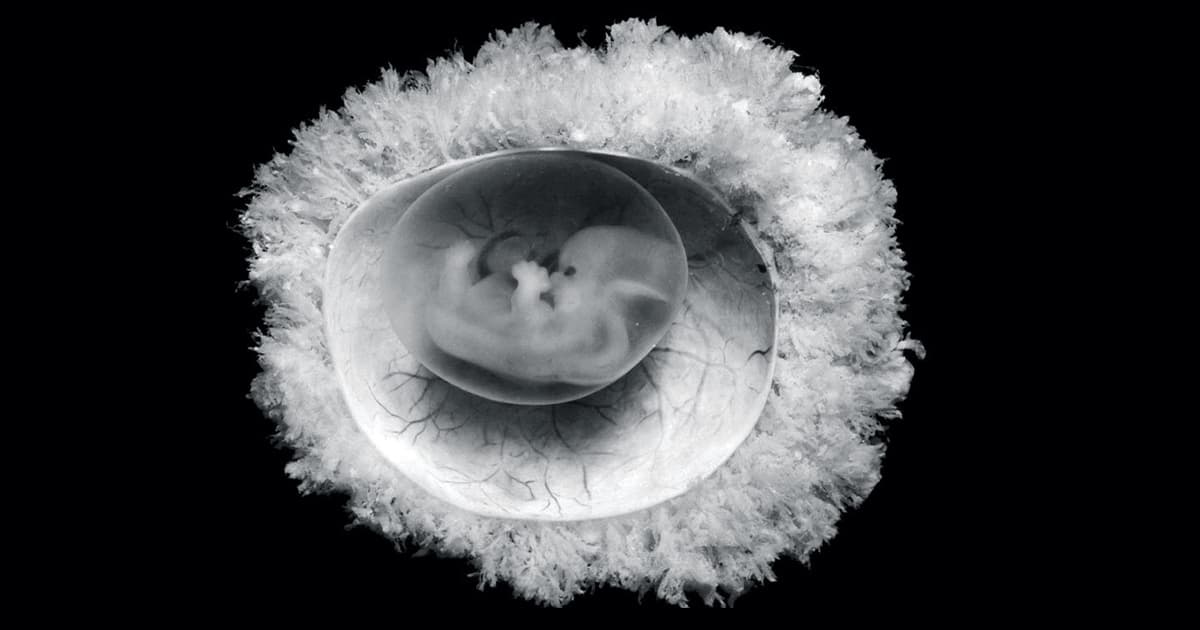Virions: Thinking Through the Scale of Aggregation

by Caroline A. Jones
What does it mean to “think like a virus”? Art historian Caroline A. Jones seizes the Covid-19 pandemic to further develop her concept of symbiontics, or being-in-the-aggregate, through the integration of the virosphere within the biosphere at large. What this pandemic throws into relief is the ecological inadequacy of a parochial, strictly human-centered response to the current crisis. Viruses are ancient members of the planetary microbiome. As in our more recent understandings of the bacterial realm, they are also indispensable agents of “Gaian housekeeping.” Rather than demonize them in our speech habits, we must give them standing, along with the other microbes, within our biopolitical polity. We can then read the virus as a pharmakon, at once poison and antidote, and “pan-demic” through the demos as democracy for all, and so perform a retro-viral reorganization of our broken human systems. —Bruce Clarke
Excerpt:
To break that tiresome cycle (that is, to keep immunity but ditch the scapegoating), we will need to cultivate a more-than-human listening for planetary messages. These parting human words conclude this essay’s philosophical polemic in progress—what we might as well call symbiontics. That ongoing diatribe argues that symbiosis (the state of “with-living”) is that-which-is, the ontic. Symbiontics refutes existential philosophies built on the individual in favor of the scale of our aggregation among aggregations. Its matrixial obsessions avoid the apotheosis of the one in favor of that continuous condition of convivial codependence that is life—beginning from our ancient endosymbiotic couplings and continuing through to our ongoing incorporations of viral lysogenic forms. Since our strange species has invented art as a way of changing ourselves, can this cultural evolutionary force emerge, postcrisis, to help pry us from misguided imaginings of ourselves as “individuals”? Can art join in the historic project that is already underway, the very human campaign of fusing environmental and social justice, of breaking with extraction capitalism, of fashioning a planetary redistribution of energies of which viruses have always been a part? May our pandemical solidarities transform into a humbled awareness of ourselves as entangled and interdependent heterotrophs, utterly woven together, just another genome in the planetary holobiont.
Caroline A. Jones is a Professor of Art History in the History, Theory, Criticism section of the Department of Architecture at MIT. She studies modern and contemporary art, with a particular focus on its technological modes of production, distribution, and reception, and on its interface with science and technology. Her publications include The Global Work of Art (Chicago 2016) and the co-edited volume Experience: Culture, Cognition, and the Common Sense (MIT 2016). Curatorial interventions at MIT’s List Visual Art Center include Sensorium (2006) and a forthcoming bio-art show Symbionts. In January 2020 she was named MIT’s Associate Dean for Strategic Initiatives in the School of Architecture + Planning.

Member discussion